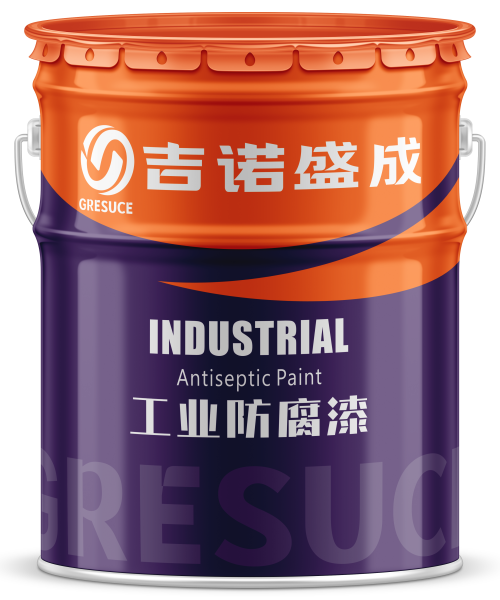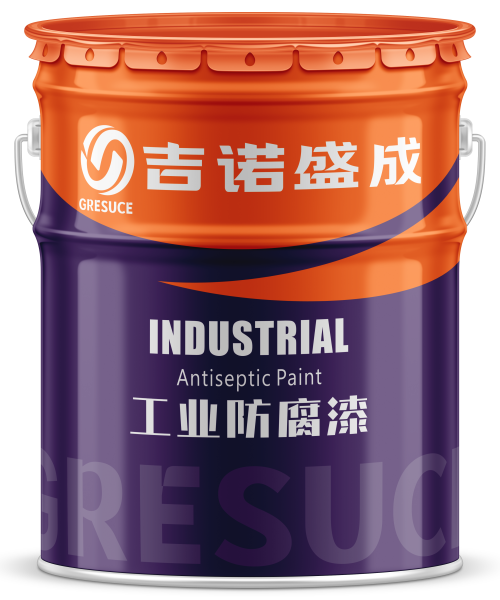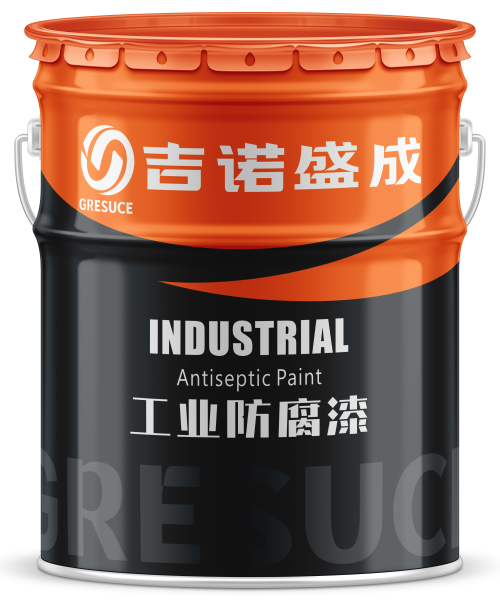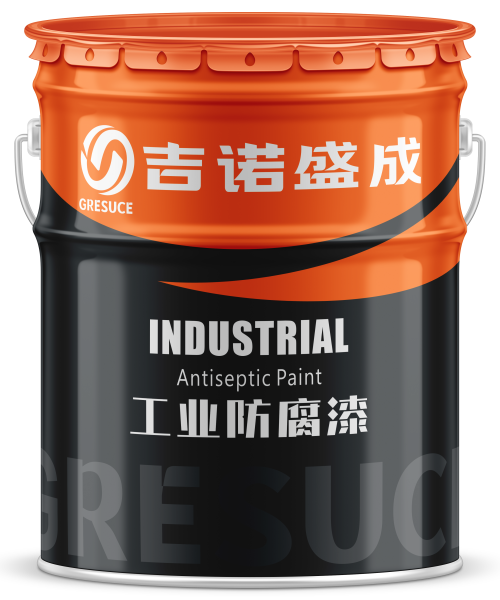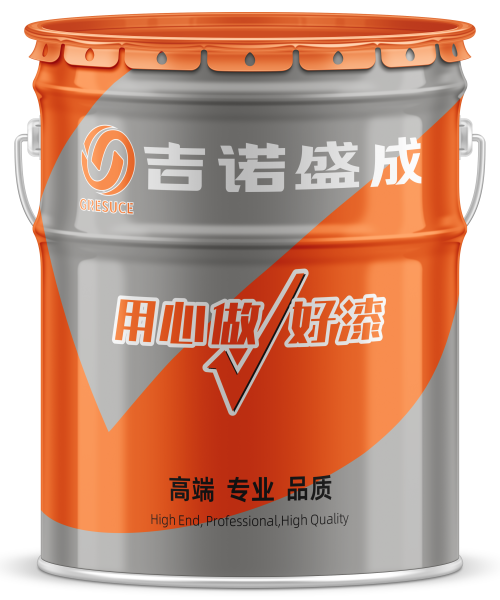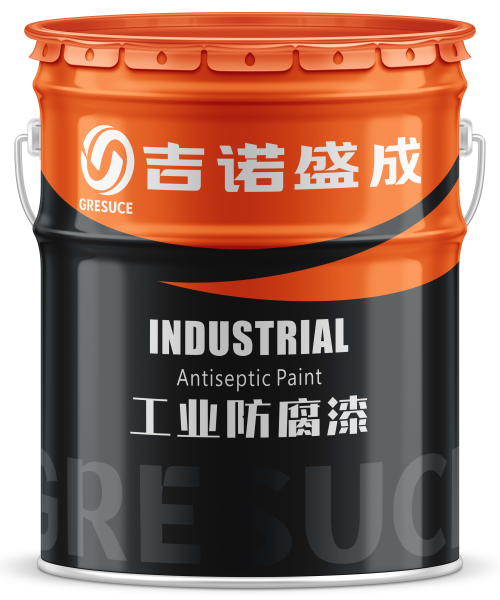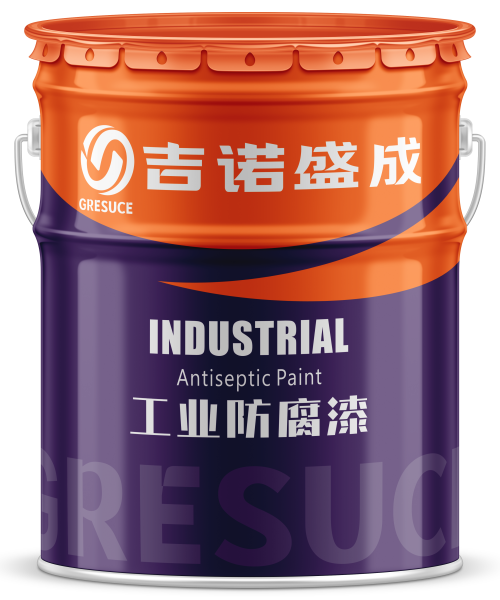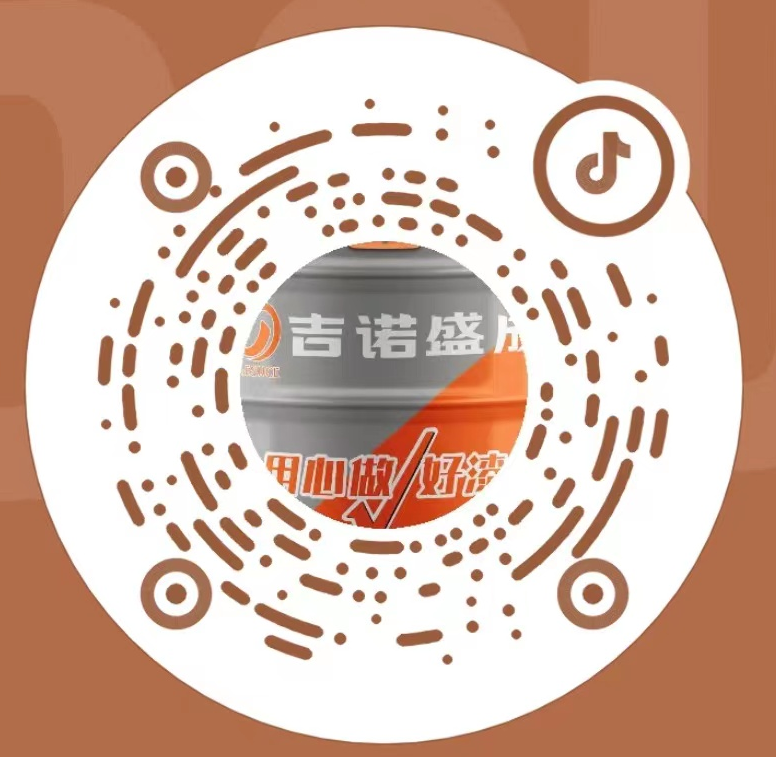The Roles and Functions of Primer, Intermediate Coat, and Topcoat
In modern coating systems, primer, intermediate coat, and topcoat together form a complete coating system, with each layer having its unique functions and roles. Understanding the division of labor and functions of these coatings not only helps users choose coatings more effectively but also ensures the best results for coating projects.
The primer is the first layer of the coating system, applied directly to the substrate. Its main functions are to enhance coating adhesion, protect the substrate, and provide a stable foundation for subsequent coatings.
1.Enhancing Adhesion
Primers have excellent adhesion, allowing them to firmly bond to the substrate surface and form a stable base. This makes it easier for intermediate coats and topcoats to adhere to the substrate, reducing issues like peeling and blistering.
2.Corrosion Protection
Primers often contain anti-corrosion components that effectively block air, moisture, and chemicals, preventing rust on substrates, especially metal surfaces. For example, epoxy zinc-rich primers and inorganic zinc-rich primers are commonly used on steel and other metal materials, providing cathodic protection through electrochemical mechanisms.
3.Sealing Function
For porous or highly absorbent substrates like wood or concrete, primers also seal the substrate surface, preventing excessive absorption of intermediate and topcoats and ensuring the integrity of the coating. Examples include epoxy cement sealing primers.
The intermediate coat is the second layer in the coating system, typically located between the primer and topcoat. Its main functions are to increase coating thickness, provide shielding protection, and offer better support for the topcoat.
1.Increasing Coating Thickness
Intermediate coats are generally thicker, adding to the overall thickness of the coating system and providing additional mechanical strength and wear resistance. This makes the coating more durable under stress, abrasion, and impact.
2.Shielding Protection
Intermediate coats often contain special fillers, such as micaceous iron oxide, which form a multi-layered structure within the coating to shield against corrosive media, further extending the substrate's service life. The shielding effect of intermediate coats is particularly suitable for environments prone to chemical corrosion, such as chemical equipment and ships. Examples include epoxy micaceous iron oxide intermediate coats.
3.Improving Coating Compatibility
Intermediate coats help bond the primer and topcoat more effectively, preventing delamination or incompatibility between layers. They provide a smoother surface for the topcoat, enhancing its gloss and decorative appeal.
The topcoat is the final layer of the coating system, primarily responsible for providing aesthetic appeal and direct environmental protection.
1.Decorative Function
The topcoat determines the color, gloss, and texture of the coated surface. Whether for industrial facilities or civil buildings, the topcoat is key to achieving the desired visual effect.
2.Weather Resistance and Durability
As the outermost layer of the coating system, the topcoat is directly exposed to atmospheric conditions, sunlight, rain, and other environmental factors. Therefore, it must exhibit excellent weather resistance, UV resistance, and chemical corrosion resistance to protect the underlying coatings and substrate from environmental damage over time. In this regard, acrylic polyurethane topcoats perform well, balancing high decorative appeal with durability. Fluorocarbon topcoats offer even better weather resistance and durability, with a service life of up to 15 years, though their decorative appeal may be slightly inferior to acrylic polyurethane topcoats.
3.Easy Cleaning and Aesthetics
High-quality topcoats have a smooth surface that resists dirt accumulation and offers excellent water resistance, oil resistance, and stain resistance. They not only maintain the long-term aesthetics of the coating but also facilitate easy cleaning and maintenance. For example, fluorocarbon topcoats exhibit good self-cleaning and hydrophobic properties.
Primer, intermediate coat, and topcoat each play their respective roles. When used together, they provide comprehensive protection for the substrate and deliver excellent aesthetic results.




